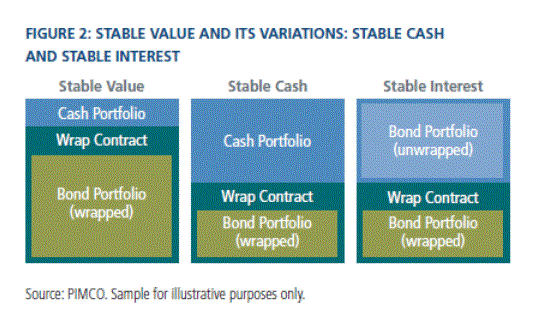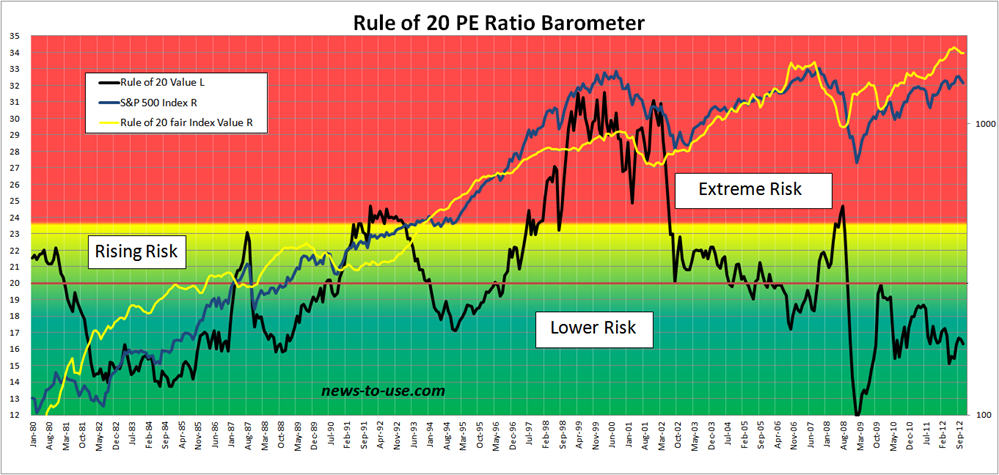Stable value funds preserve capital while boosting return
Post on: 13 Июль, 2015 No Comment

Long-term investors should not have a significant amount of money invested in Treasury bills, money market instruments or garden variety savings accounts. The reason is simple: These options return less than 1 percent per year, which means they don’t keep pace with inflation.
Many analysts have been predicting increased interest rates for many years, and they obviously have been wrong. Because of the weak economy, the Federal Reserve has adopted easy money policy, and as a result interest rates have remained very low.
However, there is no doubt that rates will rise at some point, and there is no doubt that, when they do, investors holding intermediate and long-term bonds and bond funds will take a hit.
Are there other options for those who want to preserve capital?
One option is a stable value fund. The objective of stable value funds is to preserve the value of invested capital, perform better than money market instruments, and earn consistent, reliable returns. The managers of stable value funds accomplish this by investing in high-quality fixed-income investments, and investment contracts with insurance companies and banks. Such contracts are designed to preserve capital regardless of market conditions. The investment portfolio consists of investment-grade securities such as U.S. Treasuries, government agency bonds, mortgage-backed securities, other asset-backed securities and private-placed mortgage debt.
Individuals who invested in these funds in recent years would have received returns much greater than the return of money-market instruments, but less than the returns from the majority of most intermediate and long-term bonds and bond funds. For example, over the last five years (as of December 31, 2012), the return of T Rowe Price Stable Value Common Trust Fund F was 3.79 percent; for three years, the return was 3.36; for one year, 2.51 percent. According to Hueler Co. a Minneapolis research firm, at the end of March 2013, the average stable-value fund yield was 2 percent.

The industry’s Stable Value Investment Association has indicated that these accounts are available in half of all defined-contribution retirement plans. It is important that investors review the restrictions associated with transferring funds out of stable value accounts. For example, you cannot transfer funds out of a stable value account into a money market investment unless you have maintained the stable-value account for at least 90 days. Generally, there are fewer restrictions if you want to transfer funds into an account other than a money market account.
Long-term investors should not have a large amount invested in ultraconservative investments such as money market instruments. Investments in stable value funds will provide you with greater returns than a money market fund, and allow you to earn consistent reliable returns, and avoid the short-term risks associated with long-term and intermediate-term bonds if interest rates do increase. However, investments in stable value funds will not provide you with long-term capital growth.
(Elliot Raphaelson welcomes your questions and comments at elliotraph@gmail.com .)














